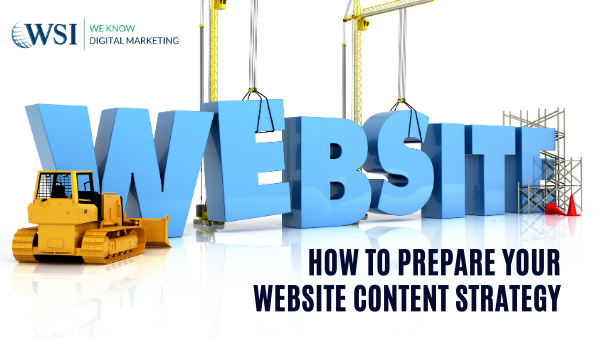
Writing good website content can be a fickle business as you only have 15 seconds to grab the reader’s attention. That means getting to the point without fussing about too much.
Whether you’re new to writing website content or an experienced professional, there’s always something to learn with web copy as grabbing attention early on is just the beginning. In this article, you’ll discover how to make your main website pages stand out so they can attract, interest and convert visitors into customers.
What Is Website Content?
Website content or web copy refers to the main body of text on your website. This particular content aims at selling your product or service whilst guiding your visitors through the site. It should clearly explain what your brand is all about and the services you provide. This usually includes the Homepage, About Us, Service Page and Frequently Asked Questions (FAQ).
Regardless of your business type, always create website content with a purpose in mind. That means your web copy should match what your potential customers are searching for. In essence, your website content should help them solve a problem and encourage them to take action. This can either be signing up for a mailing list, subscribing to your blog, buy a product or retain your services.
Preparing Your Website Content Strategy
The beginning of a story is as important as the ending and the same applies to web copy. Before you even put a finger to keyboard, you MUST have a purpose in mind. Think about who your ideal customers are and, of course, research your competitors. Knowing why you are writing something and the intended audience will help greatly in creating more relevant and ‘searchable’ content.
Keep the following questions in mind when planning your website content:
- Are you selling a product or service?
- Is the website aimed at building a community or discussion forum (FAQ)?
- Do you want your website to help increase ad revenue?
- What kind of issues can you help them resolve?
- How are they searching for your business and what keywords should you be focusing on?
Recommended: ‘Creating Buyer Personas From Real Data’
Understand Your Target Audience
Before you start writing, you must know who you are doing it for. Businesses often have multiple sets of buyer personas and whilst some think they know their customers, many forget to ask the right questions. Criteria will differ between companies so not all the same questions apply to everyone but here are a few general examples:
- Who is your ideal customer?
- What are their likes and dislikes?
- Where do they spend most of their time online?
- How old are they?
- What problems do they face every day?
- Do they use Android or iPhone?
- How often do they order take-out?
- Do they have any children, and if yes, how many?
By identifying your niche target market, you will better understand the problems and challenges of your potential customers. Knowing your audience will help you create website content that speaks directly to their issues.
Suss Out Your Competition
Regardless of your business type, you should perform a Competitor Analysis. This will give you a better idea of who you are up against. A good analysis includes identifying their entire online presence, the actions they take and the techniques they use. Get to know them by asking these questions:
- Is their website content informative? Does it provide customers with what they need to know?
- What types of content are they using on their main pages – videos, statistics, case studies or success stories?
- Is the content and design fresh and relevant?
- Are they using social media to further promote their content and encourage engagement?
- Is their website intuitive and mobile-friendly?
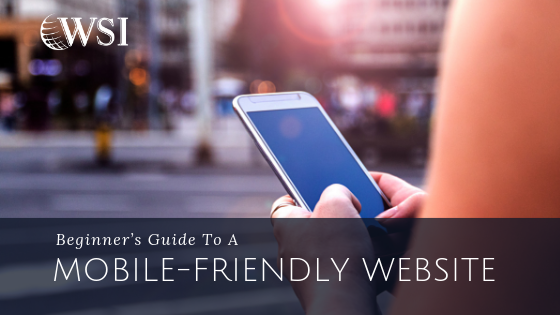
Tips For Writing Quality Website Content
As we said before, you don’t have a lot of time to capture someone’s attention. Even when you do, the next challenge is to keep them on your site for longer. So how do you keep readers on your website?
It may often depend on the type of business but the consensus is that not every visitor wants to read a 2,000+ word article. However, by transforming that into a video, podcast or captivating infographic will change the dynamic altogether.
Other useful ways to generate interest and extend the time spent on your website is by using a lede or hook (not clickbait). This can be interesting data, stats, an anecdote or asking a question that resonates with your audience. Whatever you decide to do, make sure it’s interesting and entices visitors to stay.
Make Sure Your Website Content Is Scannable
How you create website content is almost as important as what you write about. Design and layout can make a big difference in whether people stay on your site or move onto your competitors’. Most people skim-read so make sure your content is easily scannable.
Something many brands forget is to keep content short but with a strong message and call to action. As passionate as you may feel about your industry and business, few people would want to read a 5000-word document that looks like an encyclopaedia. Instead, do the following:
- Keep content short, concise but informative
- Use headers, bulleted and numbered lists
- Add a sufficient number of descriptive headings and subheadings
- Include white space between paragraphs
- Remove redundant adjectives
- Shorten it even further and remove words such as “very”, “that” and “really” as you often don’t need them
- Avoid making spelling, grammar and punctuation mistakes
Optimise Your Website Content For SEO
Whilst you should always focus on your human audience, you’d be silly to ignore the power of Google. Optimise your website content for your audience by putting in place relevant keywords but avoid keyword stuffing as it can severely damage your search engine rankings. It’s best to aim for a keyword density of around 1-2%.
- Add your primary keyword to the title, Meta description and <H1> tags plus 5-10 additional ones to the subheadings and body text
- Describe the website page in 1-2 sentences to encourage a user to click on your link instead of your competitors’
- Make sure your URLs are readable to help readers understand the content and context
- Add relevant and helpful links to encourage visitors to stay longer
- Optimise visual content by resizing images to ensure faster loading speed
- Add ALT tags to all images
Related: ‘Which SEO Ranking Factors Are The Most Important’
Ensure Your Website Is Easy To Navigate
Have you ever visited a website that seemed to have the right information but you had no idea where to go? Simple website navigation is essential as not everyone is tech-savvy millennials so you need to cater for all types of visitors.
Remember, people will find you from multiple channels, i.e. posts shared on social media, links on other websites, an email or through search engine results. Not all visitors will know your brand so it’s best to make it clear what you offer and add relevant, easily identifiable links for further information.
- Keep the layout consistent
- Divide categories clearly and logically
- Make sure all navigation elements are clickable with working URLs
- Use descriptive navigation titles
- Give every clickable image ALT text
- Include a working search feature
Recommended: ‘How To Improve Website Navigation’
Talk To People, Not At Them
Without coming across as informal or unprofessional, you should talk to your readers as you would a friend. Writing more in the active voice rather than passive means you are being more personal but still professional. For best results, follow these simple tips:
- Be direct using “you” to address the reader, “we” as the company and “I” for your personal or individual voice
- Write in layman’s terms as not everyone is an expert in every field
- Keep your website content simple and concise with a reading level of around Year 7 or 8 (Grade 7 or 8)
- Use shorter sentences
- Limit the number of adverbs and adjectives
- Don’t use jargon (provide hyperlinks to other articles with more background information)
- Provide examples
Get Visitors To Act
Once you’ve created the right type of website content and visitors have read the page or article, you need to inform them what they should do next. Whether you want them to subscribe to your blog or newsletter, sign up for free digital Yoga classes or learn more about a specific topic.
Without guiding your audience with a clear call to action (CTA), chances are they will not go any further. It may not be the same for all business types but words like “Join,” “Sign Up,” “Subscribe,” “Watch,” and “Learn More” are good CTAs.
For example, if you’re offering a free webinar, include a CTA button or image with clear instruction, exactly as indicated on his clickable text and image: “Watch Webinar Recording”.
Final Touches
What’s the first thing you do when reading about a particular business? Most people visit a company’s website as it’s the modern, digital version of a business card. If you want to create a good first impression, you need a quality, relevant and updated website.
Refresh your website content occasionally by adding new products, interesting data or trends. Update your website banners with relevant offers to re-engage those at the bottom of the funnel and improve conversion rates. Add new internal links, replace old and underperforming material or design some infographics and videos.
If you need help creating new website content or updating your existing pages, contact WSI eMarketing. We specialise in content marketing, SEO, PPC, social media, video marketing, emails and marketing automation.
Related Post
Effective Facebook Marketing...
With over 600 million users, Facebook represents the single most connected platform on...
- March 1, 2011
- By Nadine Thomas
- Latest Online Trends
Monitor, Influence and Lead...
Get Actively Involved in the Outcome of Search Results Don’t take negative publicity...
- April 28, 2011
- By Rob Thomas
- ORM
Free Online Reputation...
Listen to What’s Being Said About You Online (Free online reputation monitoring...
- May 5, 2011
- By Rob Thomas
- ORM
Top Tips for Product Page...
As the internet evolves and user expectation becomes increasingly sophisticated, creating...
- May 31, 2011
- By Rob Thomas
- e-Commerce
How To Drive Sales With...
Landing pages have long been the primary tool of the web-savvy marketer. Whether the...
- June 12, 2011
- By Nadine Thomas
- e-Commerce
Top Tips for Product Page...
Your website marketing activities are geared to getting a qualified audience to your...
- June 14, 2011
- By Rob Thomas
- e-Commerce


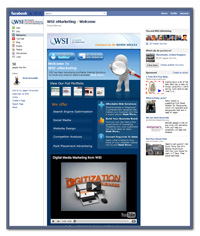

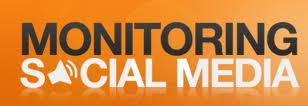
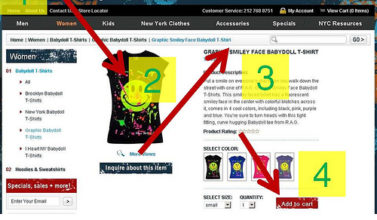
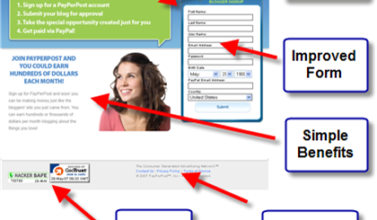
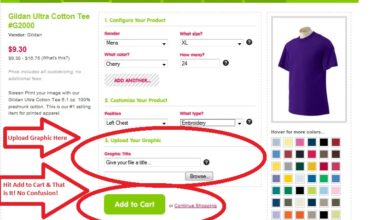




Leave a Comments